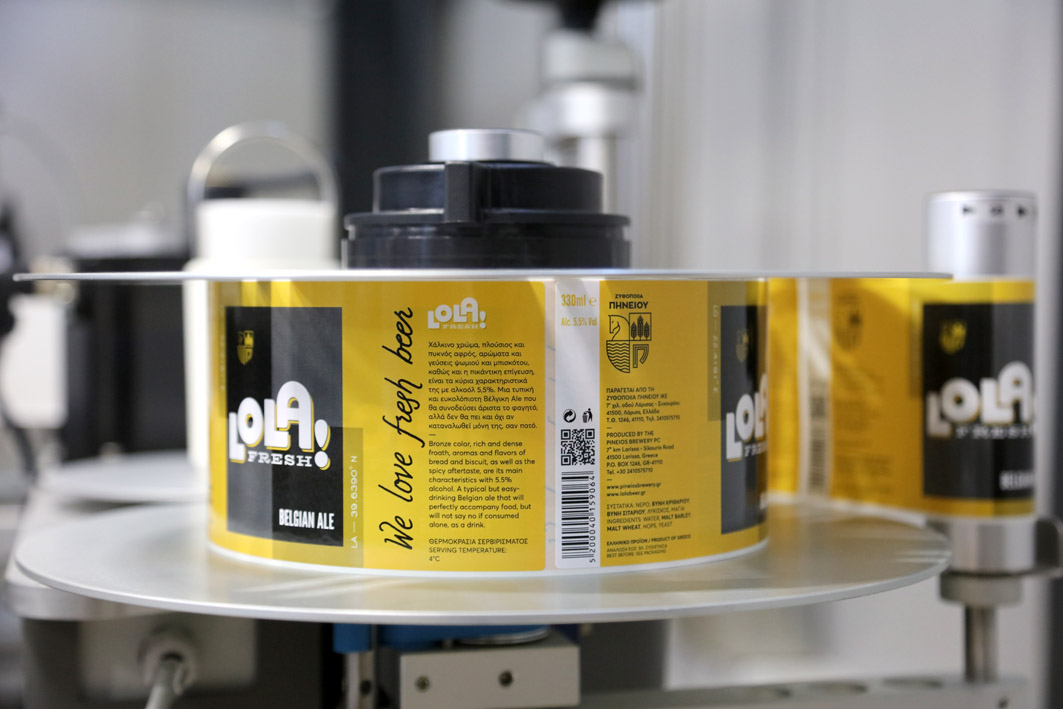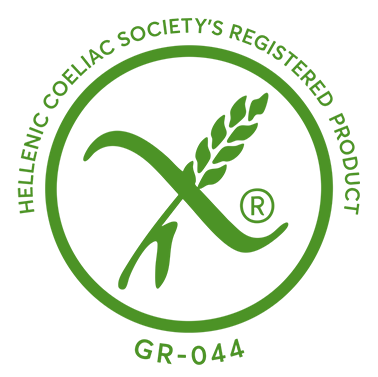We use top-nott-selected raw materials to give the quality appropriate to our beers.
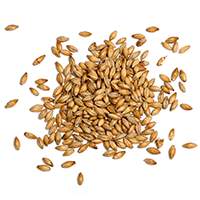
Barley
The most common form used is barley malt. It gives the beer flavors and color as well as the necessary nutritious substrate in the yeast to start the alcoholic fermentation.
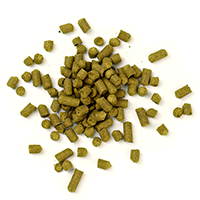
Hops
Also known as green gold, this plant is used as a raw material in beer production in many forms, but the most common is in the form of Pellets. It lends complexity of flavors and aromas as well as the characteristic bitterness.
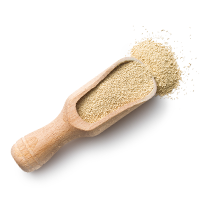
Yeast
Without the yeast, there’s no beer. It is the one that will initiate alcoholic fermentation and turn the contents of the must sugars into alcohol and carbon dioxide.
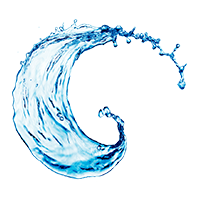
Water
It is quantitatively the largest ingredient in beer. It plays an important role in the organoleptic characteristics and quality of the product.
Production process
1) Malting: It is the process in which the seed under appropriate conditions of humidity, temperature and ventilation is converted into malt. After drying, stages of caramelization and roasting may follow for the production of special malts.
2) Grinding: The purpose of the milling is to crush the malt grains and increase its surface area so that enzymes can act and extract its substances in the malt.
3) Mash: On the way to a special container, ground malt with the added water, create a pulp that is gradually heated (at specific temperatures depending on the type of beer we want to produce.)
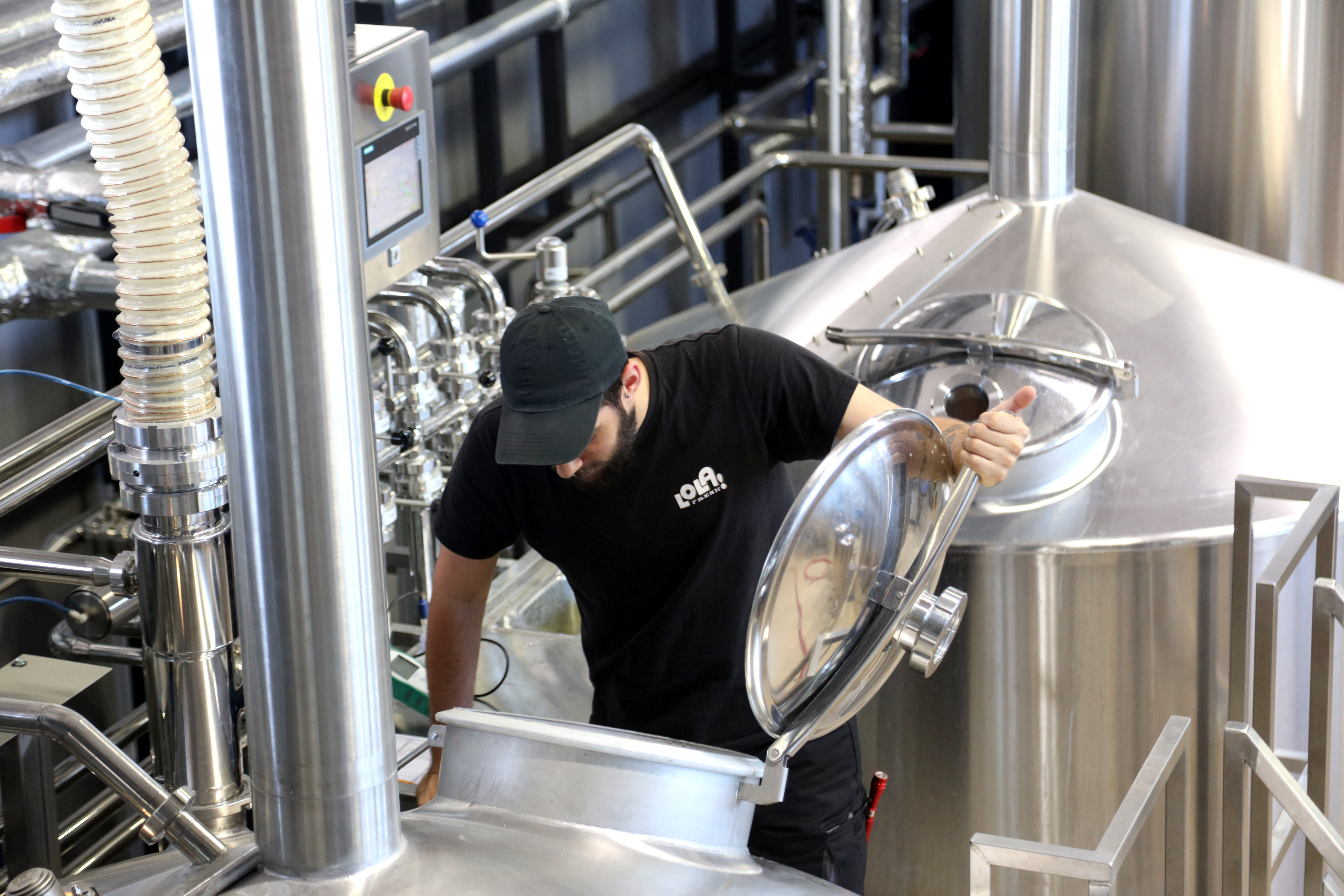
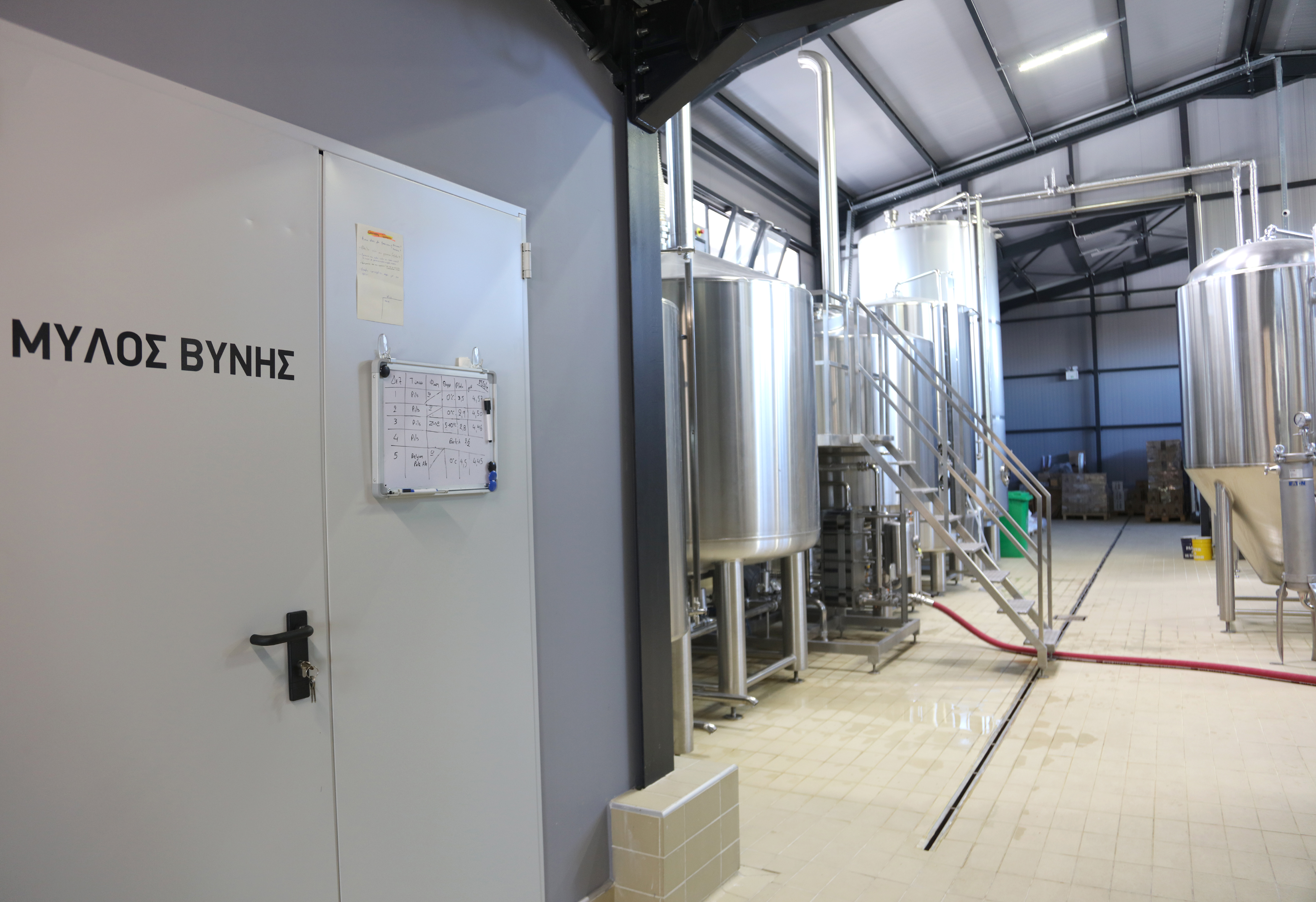
4) Filtration: The pulp is transferred to the strainer where the solid malts will be separated from the extract. In the end, the malt residues are given free of charge to farmers in the area as an additional feed.
5) Boil: The malt is transferred to the kettle where it is heated to boiling temperature. At this stage is added the hops which will give the beer complex aromas and flavors as well as the characteristic bitterness. Another purpose of boiling is the condensation of the must and its sterilization.
6) Centrifuge: After the end of boiling, the must is transferred to a container where it enters tangentially, creating a turbine, resulting in solid residues settling in cone form.
7) Cooling & Oxygenation : The yeast is cooled through the alternator at the yeast vaccination temperature, air is added and sent to the fermentation tank.
8) Fermentation: During fermentation the yeast develops and consumes the fermentable extract by turning it into ethyl alcohol and CO2. It lasts 7 – 10 days.
9) Maturation: At this stage the main objective is the formation of the desired aromatic compounds and the increase of the taste harmony of beer. It lasts about 30 days.
10) Filtering: Beer is filtered to remove large particles of solids and make it clear.
11) Bottling/Embartics: The final stage of production in which beer is paid in glass bottles or metal and plastic barrels and is available for sale and consumption.
